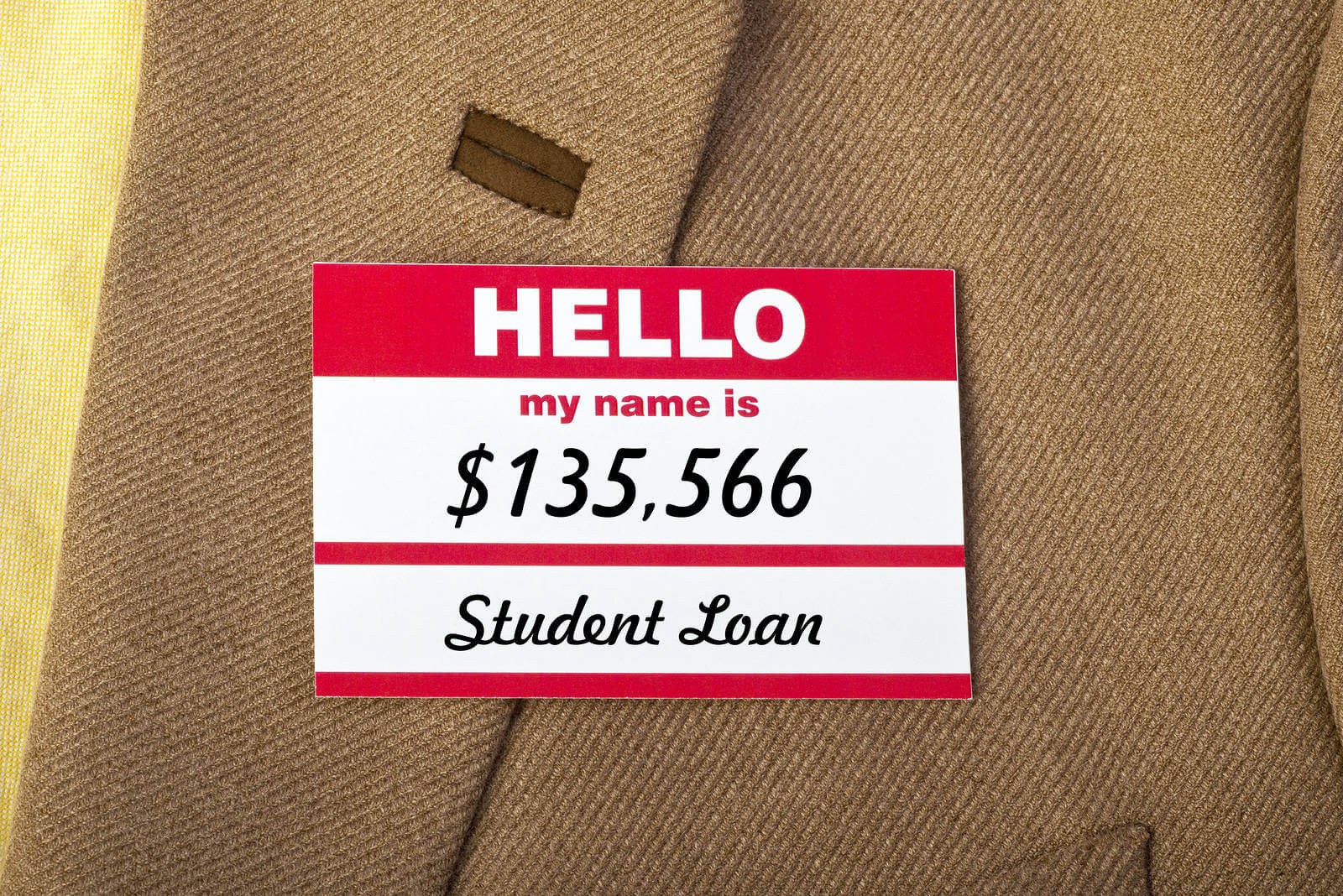By Olivia Rasmussen
As a recent college graduate, life’s many responsibilities have become pretty real. One of the biggest post-grad realities: student loans. Loans can be scary for recent graduates trying to find jobs and get on their feet. There are different types of federal loans that differ by interest rate, grace period, and when you need to start paying them back. Here’s what it all means.
Subsidized vs. unsubsidized loans
The major difference between subsidized and unsubsidized loans is the time when interest starts accruing. At the end of the day (or your college career), subsidized are preferable to unsubsidized, because during college the federal government subsidizes (pays for) the interest on your loan, so subsidized loans don’t start accruing interest until after you graduate. Unsubsidized loans, on the other hand, start accruing interest from the moment they are dispersed to you, which means that over time a lot more interest will build up on your unsubsidized loan, making you pay more overall.
Most types of federal loans have a grace period of six months, meaning you don’t have to start making payments on your loans until six months after you graduate.
Grace period
The grace period refers to the period of time after you graduate before you have to start paying back your loan. Most types of federal loans have a grace period of six months, meaning you don’t have to start making payments on your loans until six months after you graduate. Some loan servicers may give you two more months after the grace period ends to actually start making payments. So, if you graduated in May, your grace period will end in November, but you don’t have to make your first payment until January! But be aware that even if you don’t start making payments right when the grace period ends, interest on all loans will start accruing.
Reducing your monthly payments
If you can’t afford the monthly payments that your servicer suggests, you can apply for income-based repayment plans that reduce your payments quite a bit. There are three different plans you can apply for:
- Income-Based Repayment Plan (IBR Plan)
- Pay As You Earn Repayment Plan (Pay As You Earn Plan)
- Income-Contingent Repayment Plan (ICR Plan)
All three have different criteria so it’s important you find out what plan best fits your needs. These repayment plans are based on your income, so if you are unemployed or are have a low income, you may want to check out these options.
Getting a job in certain professions and services can also qualify students for deferment or cancellation of their loans.
Deferring and cancelling your loans
Getting a job in certain professions and services can also qualify students for deferment (postponing payments) or forgiveness (cancellation) of their loans. Most deferment programs require proof of economic hardship, unemployment, or current participation in a service program, such as Peace Corps, Accion, teaching programs, etc. For students who serve in such organizations, loan cancellation programs are available — allowing you to receive partial or full cancellation of your loans. If you have a Federal Perkins Loan, the parameters for cancellation are even broader, especially for teachers. If you are thinking about participating in any of these professions or services, it’s worth a look!
The prospect of figuring out and paying back your loans can be scary, especially since it’s the first big financial obligation many students have. But if you familiarize yourself with the loan lingo and get to know your personal loans, it significantly reduces the stress of the repayment process.
Now that you know the lingo, use our LoanFinder to find the right student loan or consolidate your existing student loans.
About the author
 Olivia is a recent graduate from Lewis & Clark College, where she studied international affairs. She is currently working as a preschool teacher in Portland, OR, but hopes to soon travel and explore the world. She loves animals, aerial circus arts, and outdoor adventuring.
Olivia is a recent graduate from Lewis & Clark College, where she studied international affairs. She is currently working as a preschool teacher in Portland, OR, but hopes to soon travel and explore the world. She loves animals, aerial circus arts, and outdoor adventuring.
